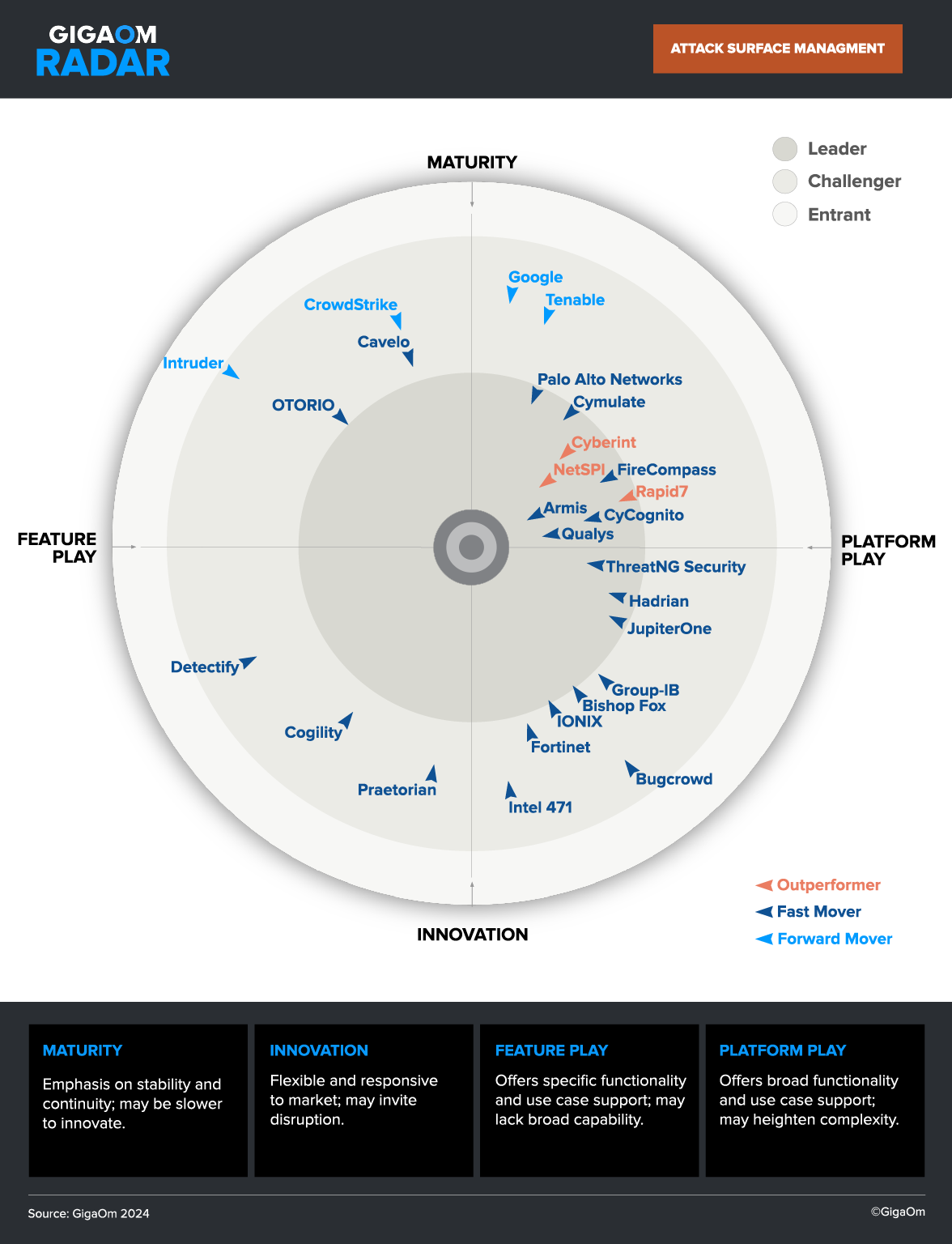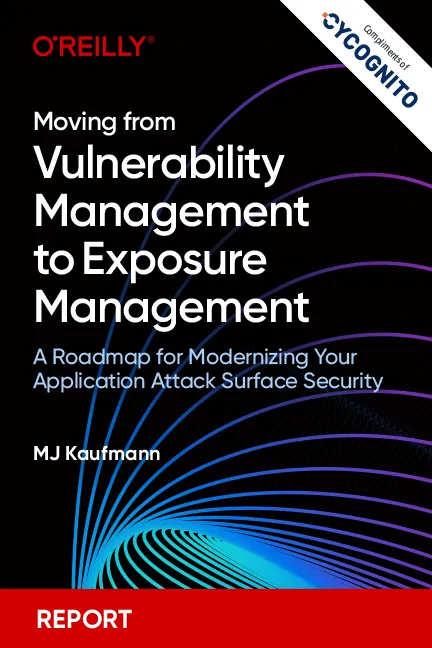What Are Vulnerability Detection Tools?
Vulnerability detection tools are software applications used to identify, assess, and manage vulnerabilities within a network or system. These tools serve to detect weaknesses that cybercriminals might exploit to gain unauthorized access to sensitive data. They scan the system, analyze the results, and provide a report detailing potential vulnerabilities, their severity, and suggested remediation actions.
The continuous evolution of cyber threats and proliferation of IT assets makes it impossible for manual efforts to keep up. Vulnerability detection tools automate this process, constantly scanning systems for known and emerging vulnerabilities, providing real-time alerts and reports, and prioritizing vulnerabilities based on their potential impact. They are an invaluable asset for any organization's cybersecurity posture.
This is part of a series of articles about vulnerability assessment.
Key Features of Vulnerability Detection Tools
Automated Scanning Capabilities
Automated scanning enables continuous monitoring of systems and networks, significantly reducing the time and resources required for vulnerability assessment. Scans can be scheduled to run at regular intervals or triggered by specific events, ensuring that no potential vulnerability goes unnoticed.
Automated scanning identifies known security vulnerabilities, but it can also detect configuration errors and other potential weaknesses that could compromise system security.
Comprehensive Vulnerability Databases
Vulnerability detection tools rely on vulnerability databases to identify known weaknesses in systems and applications. These databases are regularly updated with information about new vulnerabilities, their severity, and potential remediation measures.
These databases, which are constantly updated by security research organizations, allow vulnerability detection tools to identify and protect against both known and emerging threats.
Prioritization and Risk Assessment Features
Given the vast number of potential vulnerabilities that can be present in a system or network, it's vital to prioritize them based on their severity and potential impact. Vulnerability detection tools feature prioritization and risk assessment capabilities that automatically rank vulnerabilities based on these factors.
This prioritization allows organizations to focus their resources on addressing the most critical vulnerabilities first, ensuring that their systems and data are protected against the most potent threats.
Real-Time Alerting Systems
Some vulnerability detection tools offer real-time alerting, notifying the relevant parties as soon as a potential vulnerability is detected, to ensure immediate action is taken.
Alerts can be customized based on the severity of the vulnerability, its potential impact, and the system or application it affects. By providing real-time alerts, these tools ensure that critical vulnerabilities are promptly addressed, significantly reducing the damage they could cause.
Reporting and Compliance Support
Vulnerability reports provide an overview of the system's security posture, detailing the vulnerabilities detected, their severity, and recommended remediation actions.
These tools also support compliance efforts by providing evidence of regular vulnerability assessments and the steps taken to address identified vulnerabilities. By documenting these processes, these tools assist organizations in demonstrating their compliance with various regulatory requirements.
Integration with Development Tools
Vulnerability detection tools are much more useful when they can integrate with other development tools. This integration allows for continuous testing and assessment during the development process, identifying and addressing vulnerabilities before the software is deployed.
Developers can integrate these tools into their Integrated Development Environments (IDEs) or Continuous Integration/Continuous Deployment (CI/CD) pipelines, ensuring that code is automatically scanned for vulnerabilities at every stage of the development process. This proactive approach reduces the risk of vulnerabilities making it to the production environment.












 Complimentary Report
Complimentary Report